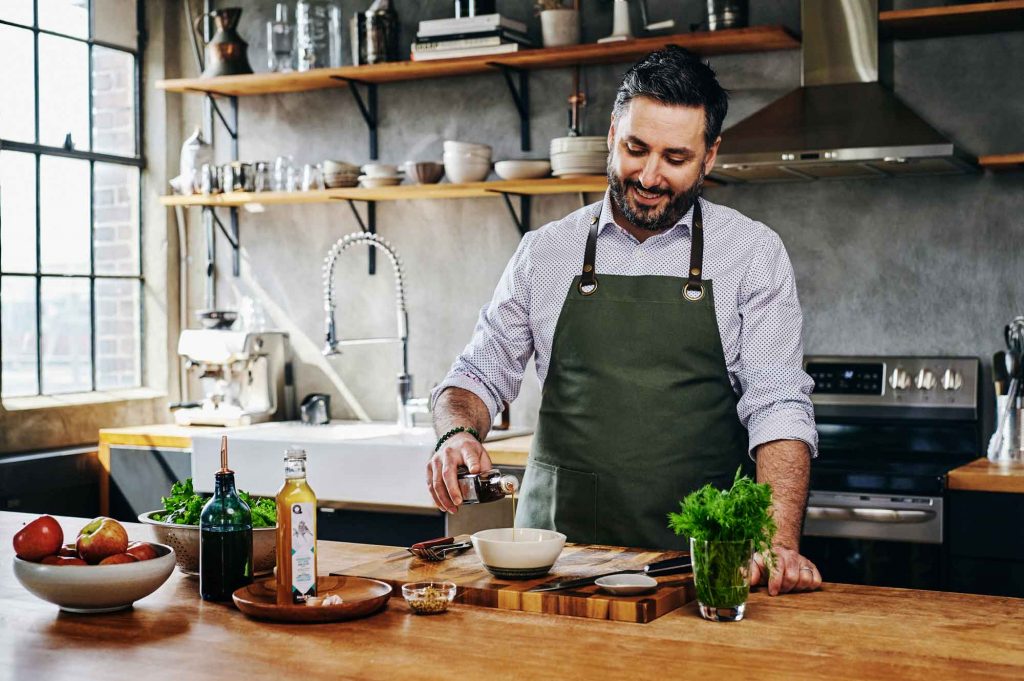Yes, this is normal, because our products are not filtered. These deposits give a velvety texture to our products. Also, the presence of vinegar mother accentuates this deposit formed by the residues of pressing apples, in particular. A mother of vinegar is a natural filament (biofilm) formed by bacteria that convert alcohol into acetic acid (the main ingredient in vinegar). This natural filament in your bottle of vinegar is very precious and testifies to a phenomenon of ageing that is completely harmless and, above all, good for health! You can leave it in your bottle or remove it by straining your vinegar or balsamic vinegar through a coffee filter if you think it’s good. But to keep it is to let nature evolve.




